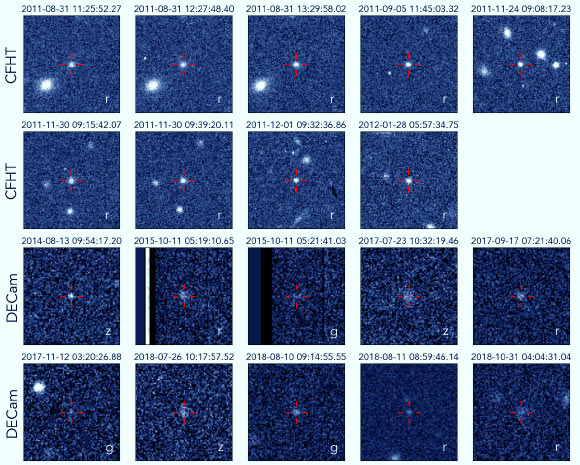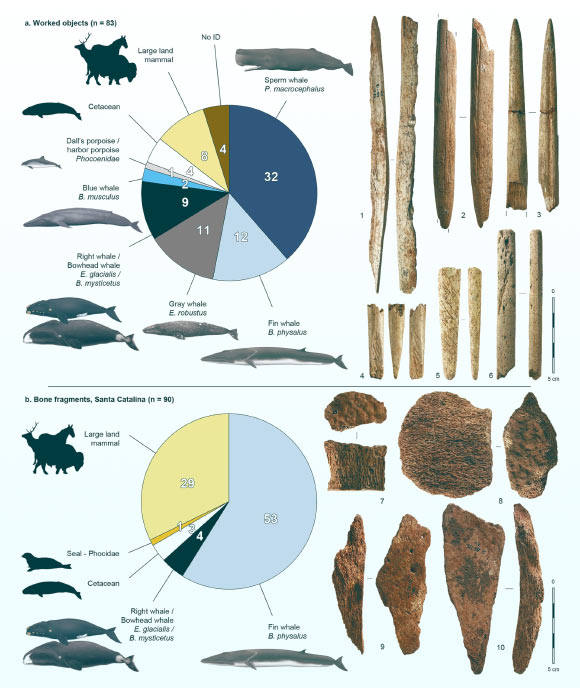Now Reading: Astronomers Spot Potential Dwarf Planet with 25,000-Year Orbit
-
01
Astronomers Spot Potential Dwarf Planet with 25,000-Year Orbit
Astronomers Spot Potential Dwarf Planet with 25,000-Year Orbit

Speedy Summary
- Discovery: Astronomers identified a new trans-Neptunian object (TNO) called 2017 OF201, one of teh most distant visible objects in the Solar System.
- size and Classification: The object is approximately 700 km in diameter, perhaps qualifying as a dwarf planet.
- Orbit Details:
– Aphelion (farthest from Sun): Over 1,600 times Earth’s orbital distance.
– Perihelion (closest to Sun): Similar to Pluto’s orbit at 44.5 times Earth’s orbital distance.
– Completes an extremely wide orbit once every ~25,000 years.
- Gravitational History: Likely ejected due to close encounters with giant planets; may have traversed through regions like the Oort cloud before settling into it’s current orbit.
- Hypothesis Implications: Unlike many extreme TNOs that cluster in specific orientations due to possible gravitational influence of theoretical celestial bodies like Planet X or Planet Nine, 2017 OF201 deviates from this pattern, questioning such theories slightly.
- Potential Population Estimate: Researchers believe ther could be roughly another hundred similar distant objects too faint for current detection methods now.
- Detection Process: Discovered using astronomical images taken over 7 years by Victor M. Blanco telescope and Canada France Hawaii Telescope.
Indian Opinion Analysis
The discovery of 2017 OF201 represents a important advancement in our understanding of the Solar System’s outermost realms. It underscores critical questions about gravitational interactions shaping planetary systems and raises thought-provoking implications about theoretical constructs like Planet Nine or Planet X. For India-a nation expanding its space exploration ambitions-such discoveries offer inspiration for deeper investments into astronomy infrastructures like advanced telescopes and databases.
Moreover, breakthroughs like these affirm humanity’s limited but evolving grasp on our cosmic neighborhood. As Indian scientific institutions increasingly participate globally in astronomical research efforts, such findings highlight opportunities for collaboration that could enhance India’s scientific capacity while contributing valuable insights into worldwide phenomena.


























